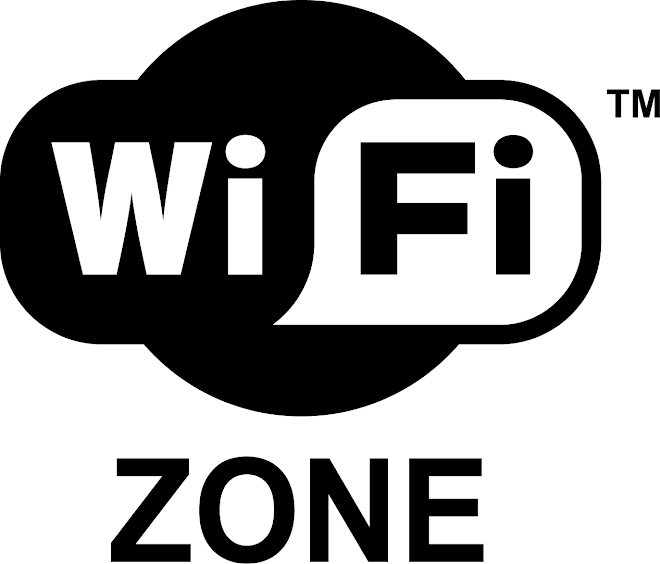Each computer in your home that’s attached to a network is a workstation, also
sometimes referred to as a client computer. The Windows operating system
(OS) refers to the computers residing together on the same local area network
as a workgroup. A Windows-based computer network enables the workstations
in a workgroup to share files and printers that are visible through the Network
Neighborhood (or My Network Places). Home networks based on the Apple
Macintosh OS offer the same capability. On a Mac, all the computers on the
network are called a network neighborhood.
File server: A file server makes storage space on hard disks or some
other type of storage device available to workstations on the network.
Home networks seldom have a file server because each computer typically
has enough storage space to store the files created on that computer.
Common in-home applications of a file server today are consumer
devices such as Yamaha’s MusicCast (www.yamaha.com; $2,000) or
Turtle Beach Systems’ AudioTron (www.turtlebeach.com; $269) MP3
servers that enable you to play your MP3s over your stereo wirelessly.
Print server: A print server is a computer or other device that makes it
possible for the computers on the network to share one or more printers.
You won’t commonly find a print server in a home network, but
some wireless networking equipment comes with a print server feature
built in, which turns out to be very handy.
E-mail server: An e-mail server is a computer that provides a system for
sending e-mail to users on the network. You might never see an e-mail
server on a home network. Most often, home users send e-mail through
a third-party service, such as America Online (AOL), EarthLink, MSN
Hotmail, Yahoo!, and so on.
DHCP server: Every computer on a network, even a home network,
must have its own unique network address in order to communicate
with the other computers on the network. A Dynamic Host Configuration
Protocol (DHCP) server automatically assigns a network address to
every computer on a network. You most often find DHCP servers in
another device like a router or an AP.
There are many types of client computers — network-aware devices — that
you can find on your network, too. Some examples include
Gaming consoles: Microsoft’s Xbox (www.xbox.com), Sony PlayStation 2
(www.playstation.com), and Nintendo’s GameCube (www.nintendo.
com) have adapters for network connections or multi-player gaming and
talking to other players while gaming. Cool! Read more about online
gaming in Chapter 12.
Wireless network cameras: Panasonic’s KX-HCM250 and KX-HCM270
Network Cameras (www.panasonic.com/consumer_electronics/
gate/cameras.asp) enable you to not only view your home from when
away but also pan, tilt, scan, zoom, and so on your way around the
home. Now that’s a nanny-cam.
MP3 players: Yamaha’s MusicCAST interactive wireless home music network
system (www.yamaha.com) enables you to use wireless technology
to stream music files throughout your home. The system uses a main
server (about $2,000), which stores your CDs in the MP3 (or other) electronic
format, and a series of receivers or clients (about $800) in remote
rooms for playing back music. You can have one in each room — if you
can afford it!
Sunday, March 14, 2010
Subscribe to:
Post Comments (Atom)


No comments:
Post a Comment